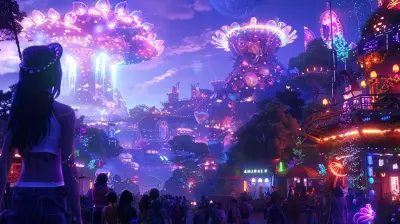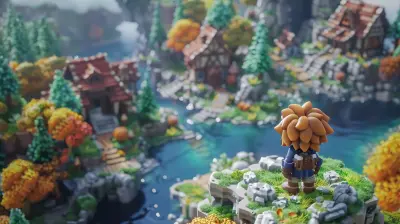Classic PC Games That Redefined Genres
7 June 2025
Ah, the nostalgia of booting up a clunky beige PC, complete with a symphony of whirring fans and a monitor weighing as much as a microwave. Classic PC games were something else, weren’t they? Often made by small teams with shoestring budgets, these gems not only entertained us but also set the stage for genres we know and love today. Let’s dive into some of the all-time greats—I promise this won’t just be a listicle disguised as an article. Think of it more like a time machine fueled by caffeine and pixelated glory.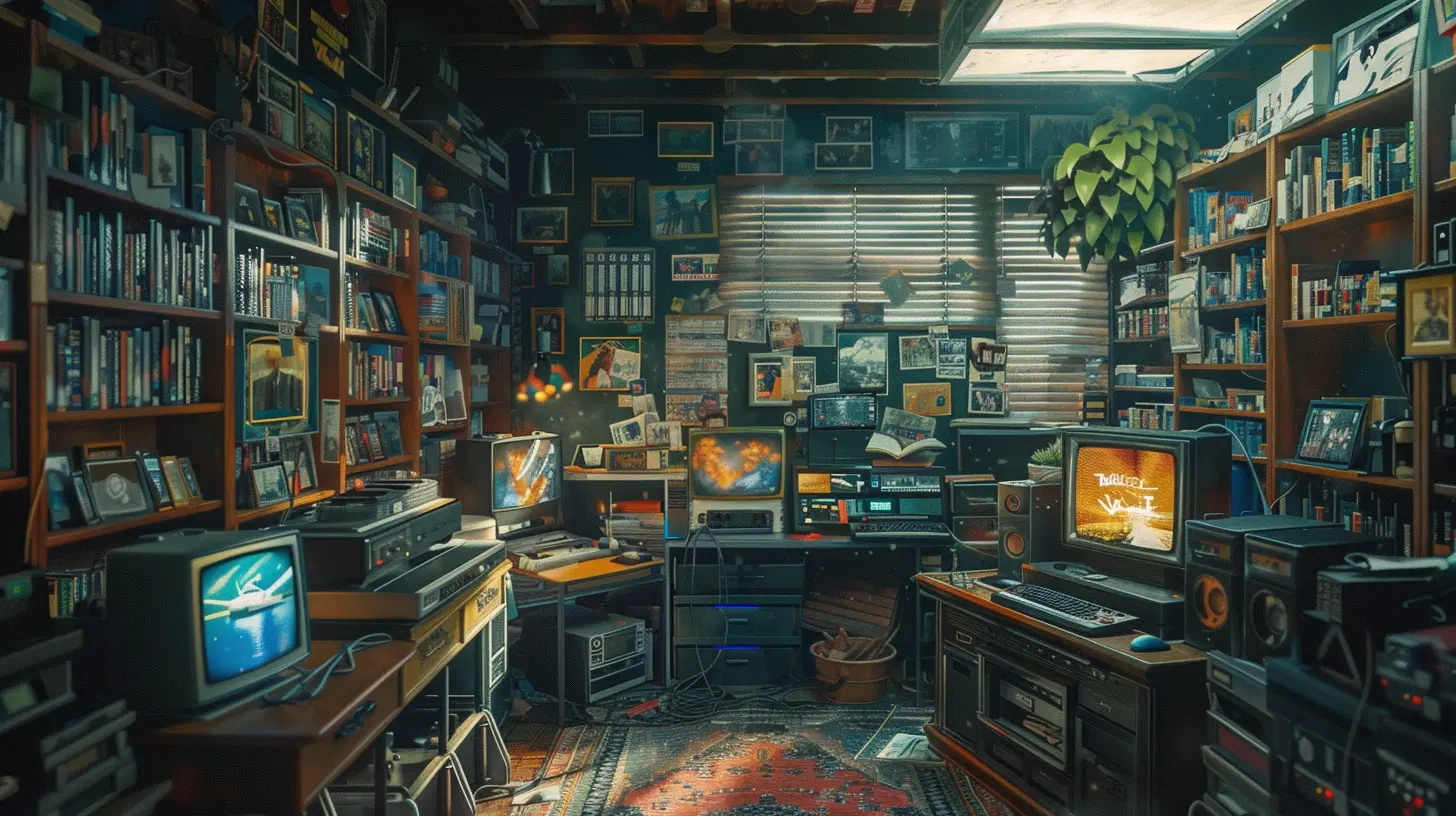
Why Classic Games Still Matter
Before we jump headfirst into the golden pixel pool, let’s address the big, glowing question: Why do these classics deserve our attention?Well, for starters, they didn’t just sit quietly in their folders waiting to be double-clicked. Nope, they kicked doors open, redefined genres, and invented many mechanics that are now video game staples. You like open-world exploration? Thank the classics. Fond of intricate storytelling? Yeah, they laid that groundwork too.
These games didn’t have the luxury of ray tracing or lifelike character models. They survived (and thrived) on pure creativity and gameplay innovation. If today’s games are towering skyscrapers, then these classics are the solid foundation they’re built on. Heck, some modern developers are still borrowing (read: stealing) ideas from these masterpieces.
And now that we’ve paid our respect to the retro gods, let’s talk about the legends themselves. 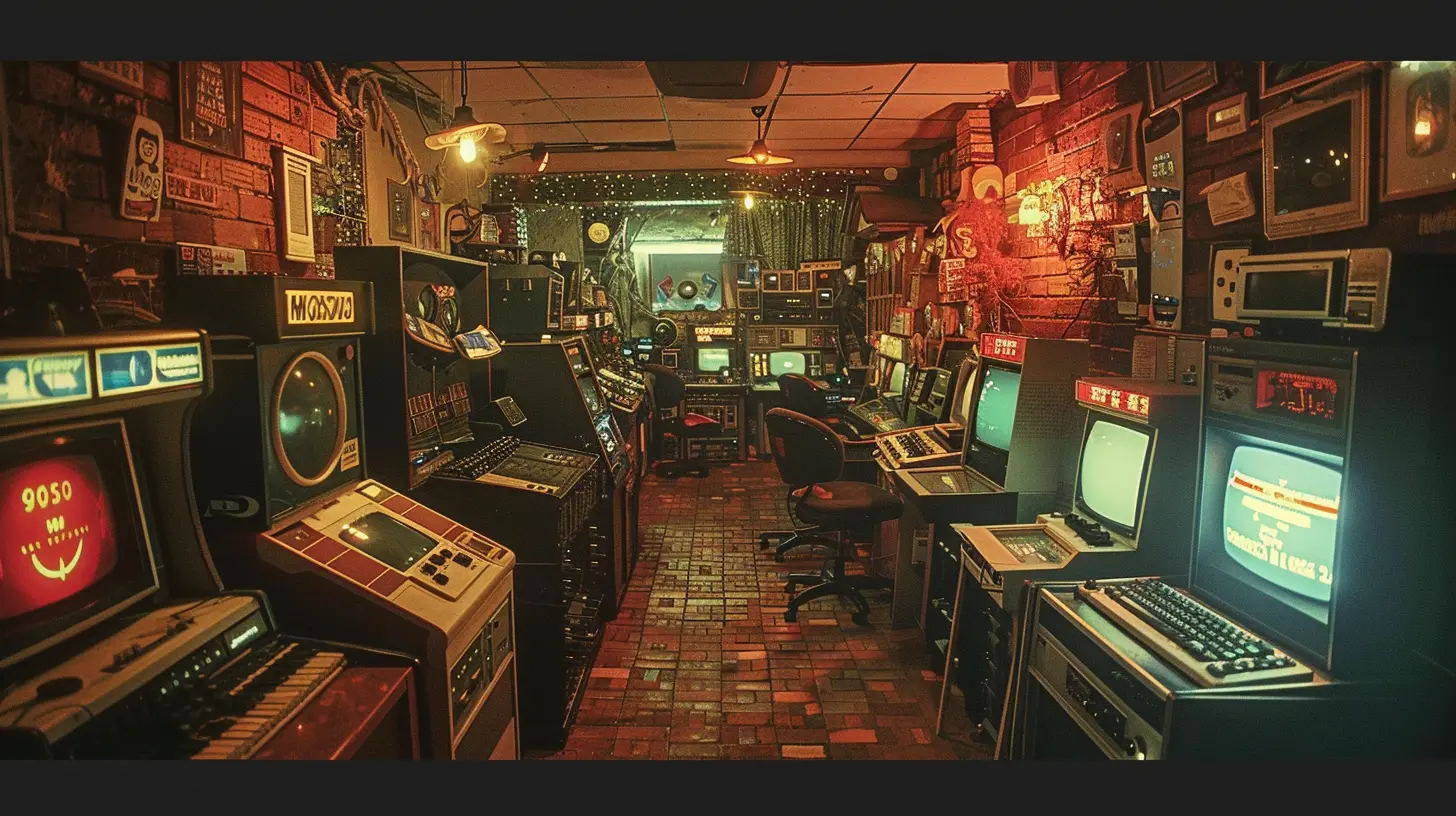
1. Doom (1993): The FPS Daddy
Let’s kick things off with a literal bang—Doom. Before Doom, first-person shooters (FPS) were more like awkward first dates: a lot of potential, but nobody knew what to do with it. Then along came this masterpiece, strapping a rocket launcher to the genre’s back and sending it straight into the stratosphere.What made Doom so special? Simple. It was fast, it was brutal, and it was unapologetically fun. You weren’t just playing a game—you were embarking on an adrenaline-fueled rampage against demonic hordes. Forget realism; Doom was about chaos, carnage, and constantly asking, “Wait, where’s the damn blue keycard?”
Plus, Doom basically invented modding as we know it. Gamers still make maps for it today. Can your modern AAA game say the same? Didn’t think so. 
2. The Sims (2000): The Life Simulator That Ruined Productivity
You know a game is revolutionary when people pour hours into making virtual humans do mundane tasks like washing dishes and going to work. The Sims didn’t just redefine the simulation genre; it practically owned it.Want to build your dream house? Sure. Want to lock a Sim in the swimming pool and mysteriously “forget” to add a ladder? You monster, but okay. The beauty of The Sims was in its freedom—it gave you a sandbox full of possibilities and said, “Go nuts!”
Oh, and let’s not forget the iconic gibberish language, Simlish. As a kid, I genuinely thought my brain was just too small to understand it. Turns out, that was the point! Adding absurd realism to the surreal everyday grind? Chef’s kiss. 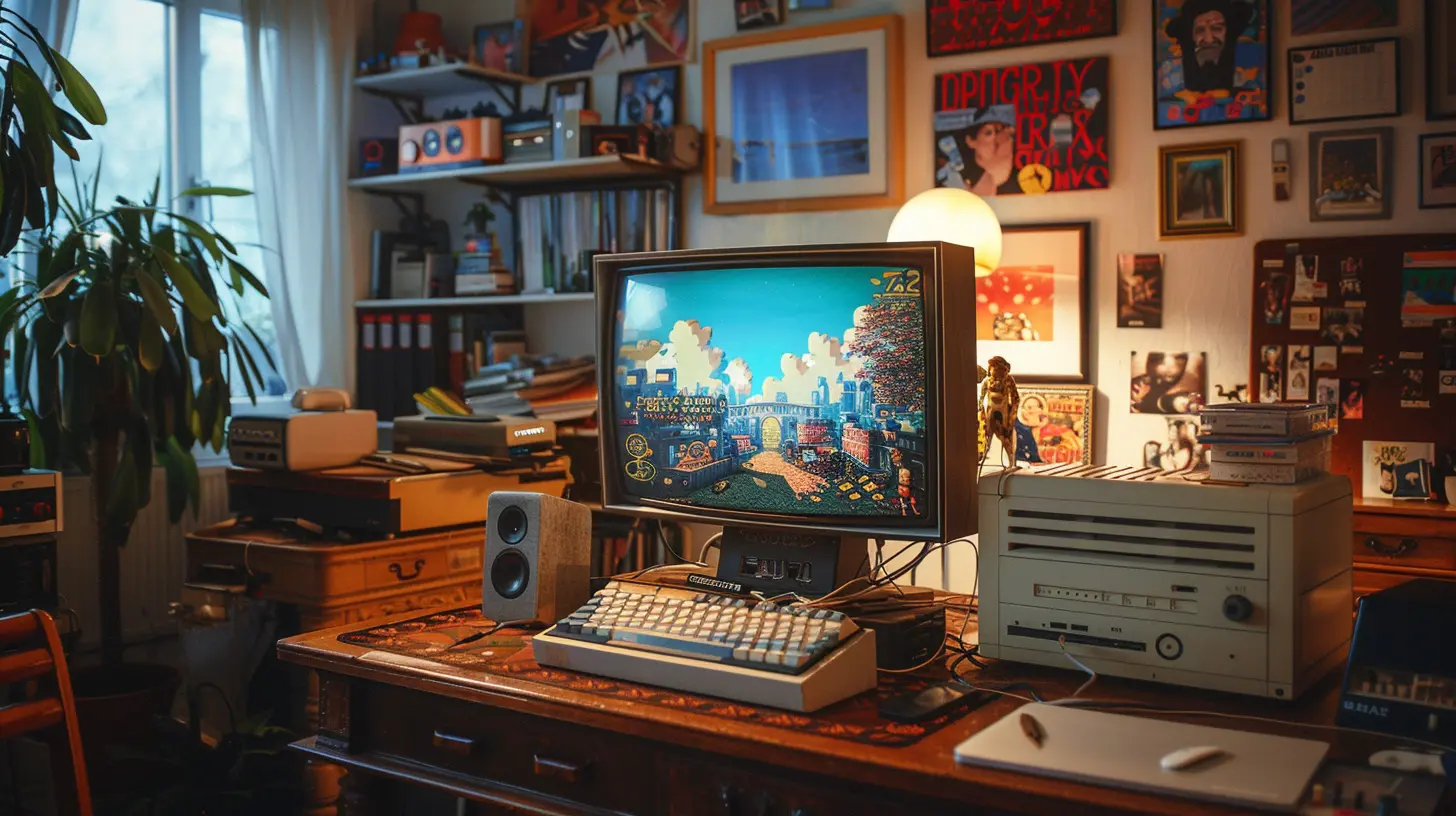
3. StarCraft (1998): Real-Time Strategy Just Got Real
If you’ve never been absolutely obliterated in a game of StarCraft, are you even a gamer? This real-time strategy (RTS) juggernaut from Blizzard took the genre and transformed it into an intergalactic battlefield of epic proportions.Did you want tight, balanced gameplay? Done. How about a compelling story featuring space marines, aliens, and psychic bugs? StarCraft had you there, too. It wasn’t just a game; it was war. The competitive scene for StarCraft was so intense it basically turned South Korea into an esports superpower. (Seriously, they have statues dedicated to this game!)
And let’s be honest: Who hasn’t tried to Zerg rush their buddy in a fit of strategic desperation?
4. Myst (1993): A Puzzle Game That Made Us Feel Smart (And Dumb)
Ah, Myst. The game that made you feel like a genius… until it didn’t. Widely regarded as one of the most atmospheric puzzle games ever, Myst was less about action and more about thinking—like a cerebral workout wrapped in a beautiful, mysterious world.With zero hand-holding, Myst trusted players to figure things out for themselves. You wandered through hauntingly beautiful environments, solving puzzles that ranged from “Hmm, interesting…” to “I’m going to flip my desk.”
It wasn’t just a game; it was an experience. A quiet, contemplative journey that made every “aha!” moment feel well-earned.
5. Half-Life (1998): The Thinking Person’s Shooter
When Half-Life dropped, it didn’t just raise the bar for FPS games—it full-on launched it into orbit. The blend of storytelling, action, and puzzle-solving was revolutionary. You weren’t just shooting aliens; you were unraveling the mysteries of Black Mesa, crowbar in hand and heart pounding.Gordon Freeman, the silent protagonist, became an icon not just for his thrilling adventure but also for the emotional weight of the world around him. (Also, let’s be real: The crowbar is the most legendary melee weapon in gaming history.)
What’s wild is that Half-Life didn’t rely on cutscenes to tell its story. Everything happened as you played, making the experience feel immersive and seamless. Even 25 years later, this game holds up like fine wine.
6. Diablo II (2000): The Dark Lord of Action RPGs
Diablo II didn’t just redefine the action RPG genre—it practically put it on the map. With its addictive loot system, dark gothic atmosphere, and endlessly replayable gameplay, this game was responsible for countless sleepless nights.There’s something deeply satisfying about smashing hordes of demons, collecting rare gear, and perfecting your character build. It’s like the world’s most elaborate digital treasure hunt… with skeletons.
And let’s not forget the multiplayer! Whether you were trading items or teaming up to tackle hellish bosses, Diablo II made couch co-op and online play an absolute blast.
7. RollerCoaster Tycoon (1999): Unleashing Your Inner Theme Park Wizard
Who knew simulating a theme park could be so much fun? Whether you were meticulously designing the perfect rollercoaster or “accidentally” ejecting a guest into the ether, RollerCoaster Tycoon was endlessly entertaining.What made it so special was its blend of creativity and chaos. You could make the park of your dreams—or your nightmares. (Yeah, we all raised the price of soda to $20 just to see if people would pay it. Spoiler: They did.)
For a game with such simple graphics, it was absurdly addictive. Don’t even get me started on the vomit-cleaning simulator aspect of the game. The janitors deserved a raise.
8. Baldur’s Gate (1998): The RPG That Made Us Roll for Initiative
Before Baldur’s Gate, RPGs were niche—fun, sure, but not exactly mainstream. This game changed all that. Based on Dungeons & Dragons, it brought tabletop RPG mechanics into the digital space and somehow made them even more captivating.The story was rich, the characters were memorable, and the world was huge. You weren’t just playing a game; you were living an epic fantasy adventure. Plus, it introduced us to Minsc and Boo, the hamster-wielding berserker. If that’s not iconic, I don’t know what is.
Oh, and the dialogue? Pure gold. The choices you made actually mattered, letting you shape the story in meaningful ways.
What Makes These Games Timeless?
So, what’s the secret sauce? It’s not just nostalgia, although that plays a part. These games endure because they’re creative, innovative, and packed with heart. They didn’t rely on flashy graphics or billion-dollar budgets—they focused on gameplay, storytelling, and replayability.Playing these classics is like revisiting an old friend. Sure, they might be a little rough around the edges, but they’ve got soul. And that’s something even the shiniest modern games can’t always replicate.
Honorable Mentions
Because I know someone will scream “But what about [Your Favorite Game]?!” here are a few honorable mentions:- Warcraft III: For making RTS games story-driven.
- System Shock 2: The spiritual precursor to Bioshock.
- Quake: For taking online multiplayer to the next level.
Happy now?
Final Thoughts
Classic PC games didn’t just redefine genres—they defined us as gamers. Whether you were blasting demons in Doom or meticulously plotting your Sim’s next career move, these games paved the way for everything we enjoy today.Now, if you’ll excuse me, I’m off to reinstall RollerCoaster Tycoon and make a coaster so wild it launches into space.
all images in this post were generated using AI tools
Category:
Pc GamesAuthor:

Aurora Sharpe
Discussion
rate this article
3 comments
Winter Estes
This article brilliantly highlights how classic PC games not only defined genres but also laid the foundation for modern gaming. A must-read for any gaming enthusiast!
June 17, 2025 at 3:40 AM

Aurora Sharpe
Thank you! I’m glad you enjoyed the article and found it insightful. Classic games truly shaped the landscape of modern gaming!
Kendra Pope
These classic PC games truly shaped their genres, inspiring countless titles that followed. Great read!
June 12, 2025 at 2:33 AM

Aurora Sharpe
Thank you! I’m glad you enjoyed it and appreciate the impact these games have had on the industry!
Zeal Roth
This article brilliantly highlights how classic PC games not only set benchmarks but also innovated gameplay mechanics. Their influence continues to resonate in modern gaming, shaping genres and player expectations.
June 11, 2025 at 2:39 AM

Aurora Sharpe
Thank you for your insightful comment! I'm glad you found the article captures the lasting impact of classic PC games on modern gaming.
